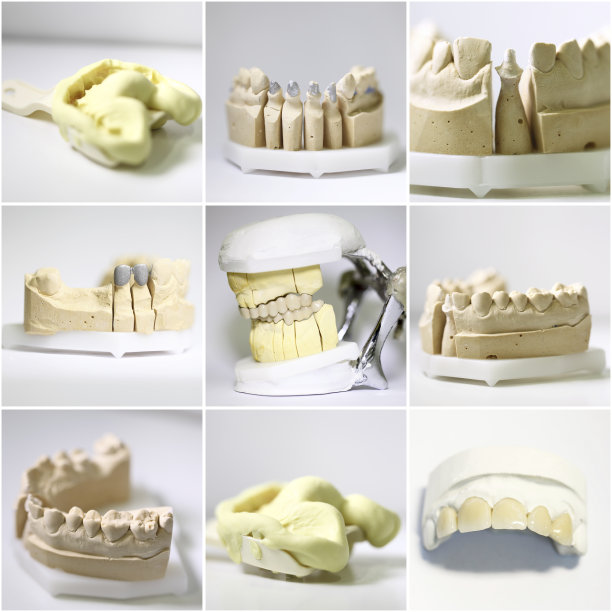Essential Safety Measures and Tips to Consider Before Undergoing Root Canal Treatment
Summary: Root canal treatment, while often viewed with apprehension, is a vital procedure for saving infected or damaged teeth. However, understanding the essential safety measures and tips before undergoing this treatment can significantly enhance patient experience and outcomes. This article will delve into four key areas: Doctor Selection, Pre-Treatment Preparation, Post-Treatment Care, and Understanding the Procedure. By arming yourself with knowledge and taking thoughtful steps, you can ensure a smoother treatment journey and a successful recovery.
1. Choosing the Right Dentist for Your Needs

Selecting a qualified dentist is perhaps the most significant step before undergoing root canal treatment. The right practitioner should be experienced and skilled in performing endodontic procedures, making them capable of handling potential complications that may arise. To begin with, research credentials, experiences, and reviews from previous patients to build confidence in their expertise.
Another essential factor is the dentists approach to patient care. Engage in a consultation beforehand, where you can discuss your medical history, ask about the procedure, and gauge their willingness to address your concerns. A good dentist should communicate effectively, providing reassurance while making you feel comfortable throughout the process.
Lastly, consider the office environment and technology used. A clean and well-equipped practice often reflects the dentists commitment to providing top-notch care. Visit the office if possible, and dont hesitate to inquire about the latest dental technologies and their uses in ensuring patient safety and comfort.
2. Preparing for the Root Canal Procedure
Preparation is crucial for ensuring the procedure goes smoothly. First, ensure you disclose your comprehensive medical history to your dentist. This includes any medications, allergies, or existing medical conditions which could affect the treatment or require adjustments. Transparency helps the dentist devise a tailored approach that mitigates any risks involved.
Next, maintain good dental hygiene leading up to the procedure. Brushing and flossing your teeth properly can minimize bacteria in the mouth, making it easier for the dentist to perform the root canal with less risk of infection.
Additionally, arrange for post-treatment transportation. Root canal treatments may involve sedation, which can impair your ability to drive or operate machinery immediately afterward. Having someone to assist you not only guarantees that you get home safely but also provides emotional support during the recovery period.
3. Understanding Post-Treatment Care
Once your root canal procedure is complete, the attention shifts to post-treatment care to promote healing and minimize discomfort. Start by closely following your dentists aftercare instructions. This may include prescribed medications to manage pain and prevent infection, as well as recommendations for oral hygiene practices.
Monitoring your symptoms for unusual discomfort or prolonged swelling is essential. While some discomfort is expected, especially within the first few days, you should report any severe pain or issues that don’t improve with time. Prompt communication with your dentist can prevent complications and ensure timely intervention.
Lastly, schedule follow-up appointments as advised. These visits allow your dentist to assess the success of the root canal treatment and determine when additional procedures, such as placing a crown, should take place. Consistency in follow-up care is vital for long-term success and maintaining optimal oral health.
4. Knowing What to Expect During the Procedure
Understanding the root canal procedure can alleviate much of the anxiety that often accompanies dental work. Typically, the treatment involves several steps, beginning with an initial examination and imaging to assess the tooths condition, followed by local anesthesia to ensure you feel no pain during the process.
During the procedure, your dentist will carefully remove the infected pulp and nerves from inside the tooth, clean and shape the root canals, and then fill them with a biocompatible material. This step seals the canals and prevents future infections. Throughout the treatment, your dentist will communicate and update you on what’s happening, emphasizing the importance of a relaxed atmosphere.
Following the procedure, it’s typically recommended to allow the anesthetic to wear off fully before eating or drinking to prevent accidental injuries to the tongue, lips, or cheeks. Understanding the minutiae of the treatment provides reassurance that youre undergoing a safe and carefully planned procedure.
Summary:
In conclusion, navigating the landscape of root canal treatment requires a focus on essential safety measures and preparation. By selecting the right dentist, adequately preparing yourself, understanding post-treatment care, and knowing what to expect during the procedure, you can ensure that your experience is as comfortable and effective as possible.
This article is compiled by Vickong Dental and the content is for reference only.



